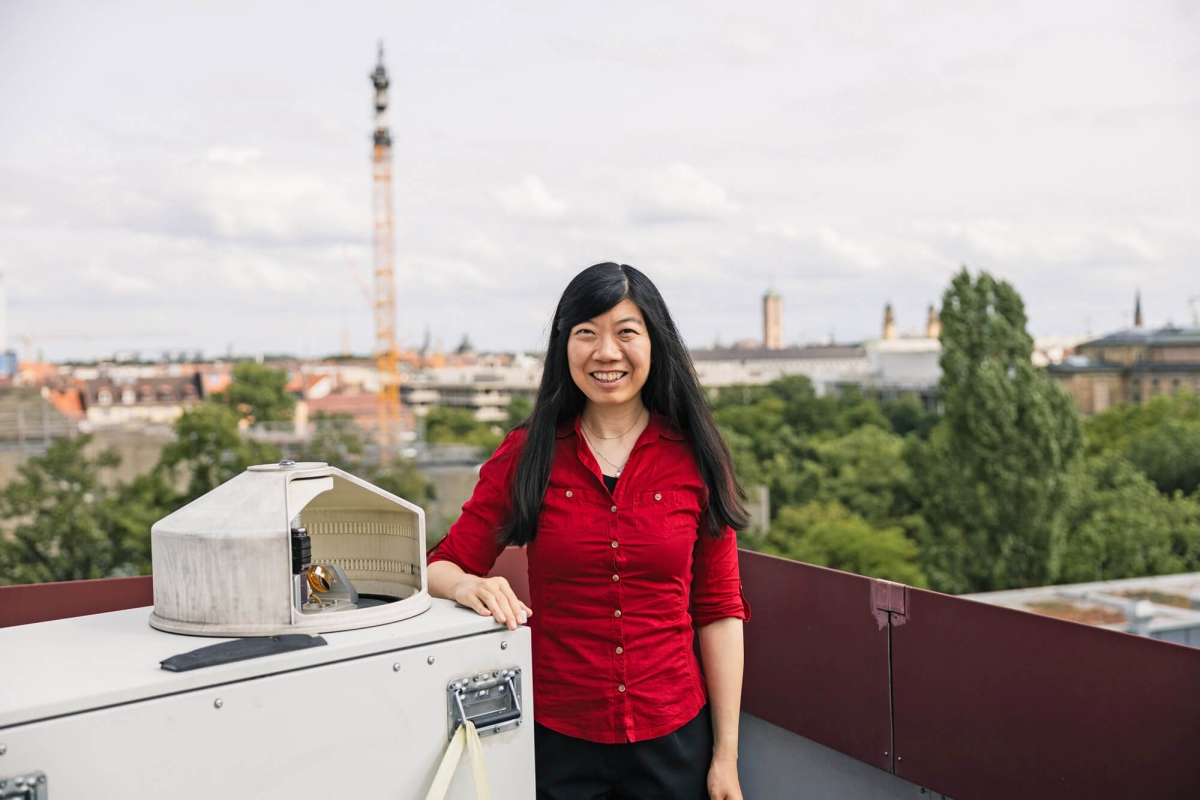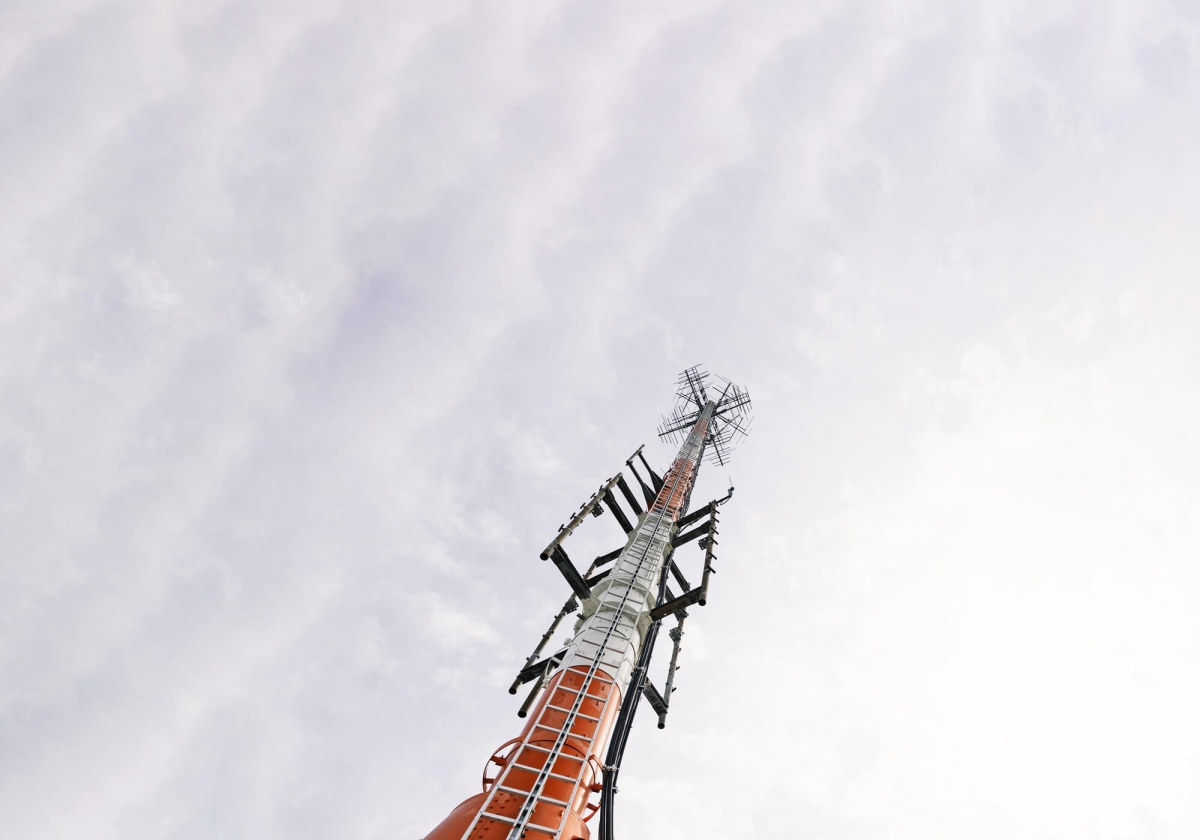
In a bid to better understand the impact of its climate mitigation measures, the German metropolis of Munich is updating the way it tracks greenhouse gas emissions. Over 100 atmospheric sensors were installed across the city, providing policymakers with a more nuanced picture of the city’s emissions.
Key takeaways
- Real-time, detailed data. Munich’s extensive sensor network provides an unprecedented, real-time understanding of urban emissions, helping to identify local ‘hotspots’ and previously unaccounted sources.
- Improving inventories. The new data is used to upgrade the city’s traditional emissions inventories, providing more accurate and timely information for policymakers.
The new monitoring network, with its comprehensive geographic coverage, provides city authorities with an unprecedentedly detailed understanding of Munich’s emissions in real-time.
The team installed some 100 CO2 sensors and 30 air quality sensors across the city at a cost of around 300 to 1,000 euros per sensor. Another set of 20 higher-end sensors, costing around 10,000 euros each, were also deployed to provide more detailed monitoring.
“With this new approach we can understand greenhouse gas emissions at a completely new scale, spanning from the city-level to local sources, such as traffic and power plant emissions. Thanks to the broad coverage, the team can detect local emission hotspots and emission sources previously unaccounted for,” says Jia Chen, Professor of Environmental Sensing and Modelling at the Technical University of Munich (TUM) and leader of the ICOS Cities team in Munich.
Thanks to the broad coverage, the team can detect local emission hotspots and emission sources previously unaccounted for.
Jia Chen, Professor of Environmental Sensing and Modelling at the Technical University of Munich (TUM) and leader of the ICOS Cities team in Munich.
These include emissions from Oktoberfest, a local gas network leak, a sewage treatment plant, and an abandoned landfill.
Another set of sensors measuring atmospheric CO2, CH4, and CO concentrations – one at each compass point surrounding the city and one in the city centre – were also installed to provide readings upwind and downwind of Munich.
These column sensors, each costing around 100,000 euros, made it possible to distinguish emissions generated within the city from those originating elsewhere.
“With this equipment, we can measure the greenhouse gas concentrations in the air before entering the city and after passing through the city,” says Professor Chen.
Boosting inventory accuracy with observational data
The city had previously relied solely on emissions inventories, which compiled greenhouse gas data from a variety of sources, such as energy use statistics, traffic activity data, and national emission factors.
However, some of these figures were estimates. For example, traffic emissions are estimated based on average weekday traffic volumes.
As part of the project, the team revamped the city’s emissions inventories, both temporally to show the trend of emissions over the year, and spatially to show where these come from.
Although inventories offer a reliable, big-picture view, they lack the precision of direct measurements. Compiling a city inventory is also a time-consuming process because of the limited data availability – often delayed even up to two to three years, says Professor Chen.
“For Munich policymakers, this lag has meant that the efficacy of climate measures cannot be determined quickly,” she adds.
Atmospheric sensors have sped up this process significantly – for example, city emissions can be determined with a lag of only a week.

Revealing Munich’s real-time emissions
The introduction of atmospheric sensors, coupled with the data from the improved emissions inventory, provides Munich’s policymakers with a more accurate overview of emissions, allowing them to refine urban climate action plans.
“By combining both, we can monitor and evaluate the emissions of a certain city area over the years and see whether the mitigation policies in that area generated tangible effects,” says Professor Chen.
“The benefit is that the city can confirm via actual measurements if the mitigation policy is working and where more actions are potentially needed. This also helps improve the quality of future emissions inventories,” she adds.
The benefit is that the city can confirm via actual measurements if the mitigation policy is working and where more actions are potentially needed.
Jia Chen, Professor of Environmental Sensing and Modelling at the Technical University of Munich (TUM) and leader of the ICOS Cities team in Munich.
“Our study has so far revealed, for example, that traffic-related carbon emissions in Munich dropped by 15.9% in 2020 due to COVID-19 and have not returned to pre-pandemic levels as of 2024,” she explains. It was also determined that human respiration accounts for about 8% of the direct human-caused carbon released in Munich.
Alongside this, the team created a detailed model of urban nature capable of tracking activities such as photosynthesis and respiration much more accurately than before. The model showed that nature can significantly help offset human-caused carbon emissions, particularly during high-growth seasons in the summer.
“This means that the city could extend green infrastructure to reach their climate goals,” Professor Chen points out.
The knowledge gained in Munich will not only help the Bavarian capital, but also support atmospheric observation networks due to be rolled out in cities across the continent, she adds.
“The idea is that, at the end of the project, we can develop a sensor network catalogue, and each city can decide – depending on their financial situation and the level of accuracy they require – how many sensors are necessary to cover their needs,” she explains.
